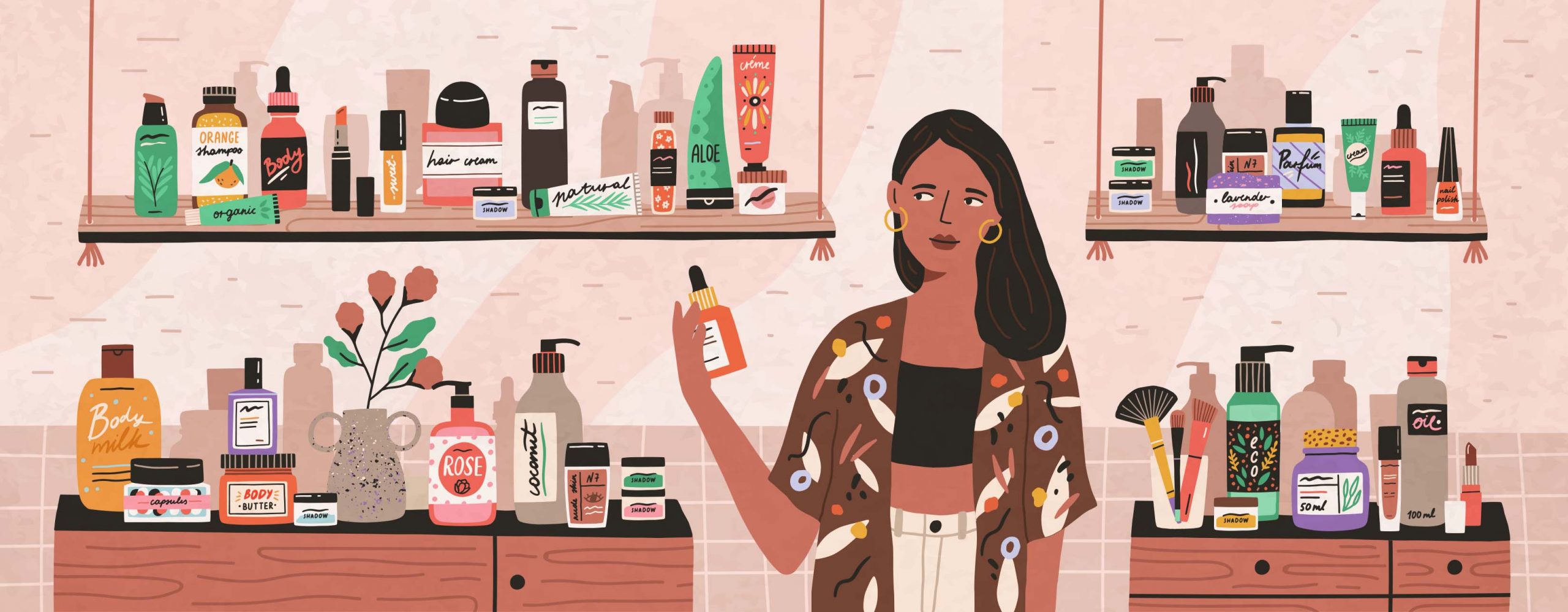Preservative Efficacy and Stability Testing
What is it, and why is it important?
Whether you are an established brand creating a new product line or just starting on your skincare journey, one of the most important factors to consider is confirming the stability and safety of your finished product. This typically requires the daunting task of testing the Stability and Preservative Efficacy (PET) of the bulk product, which we will break-down below:
Stability Testing
There is nothing worse as a consumer than opening your favourite product to find that is doesn’t look or smell the way it should. Likewise, there is nothing worse for a business than the resulting customer complaint! Luckily, there is a way to pre-empt these issues and adjust the formulation accordingly prior to releasing it to market.
Stability Testing establishes physical and chemical specifications (pH, viscosity, aroma, colour, appearance, etc.) and the change to these criteria over time. Finished products (filled into the approved final packaging) are tested to establish a baseline (referred to as ‘Time 0’) before being stored at a controlled temperature and humidity:
- The typical storage temperature for skincare products is 40-45°C / 75% Relative Humidity (RH). This is considered ‘accelerated’ testing, with every week of storage equating to 4 weeks of ‘real time’ shelf life. As such, to test a product with a 12-month shelf life the testing would only need to continue for 3 months.
- Some companies also choose to store a set of samples at 30°C / 65% RH, which is considered ‘real time’ testing. At this storage condition, to test a product with a 12-month shelf life the test would need to continue for the full 12 months.
Once in storage, samples of the product are removed at regular intervals (determined by the client) and each of the desired specifications is tested with the results compared against the baseline for any significant changes. If changes are observed at any time point that are considered a failure, the testing can be stopped, and the formulation can be reworked to address these faults.
A typical example of a failing stability test result could be an oil which oxidises and starts to smell rancid over time. The solution to this problem could be to use a less susceptible oil, or to increase the antioxidant (i.e. Vitamin E) in the formulation. This type of issue is easily identified and addressed by Stability Testing.
Preservative Efficacy Testing (PET)
Even worse than a product that may not look, smell, or feel the way it should is a product which is potentially unsafe for the end user. Any product which contains water (or waterless formulations used in a way in which contact with water is likely, like a shower scrub etc.) presents the opportunity for microbial contamination to occur. The main defence against these microbes is the inclusion of a preservative (or more typically a ‘system’ of preservatives) in the bulk product. The only question remaining is how do we know if the preservatives chosen are enough to protect the product? The answer is PET testing!
The test involves taking a sample of the finished product and testing for its initial microbial contamination level to use as a baseline. If the product passes this initial test, a known quantity of the microbes listed below are added to the product:
- Enterobacteriaceae – this family of gram-negative bacteria includes some of the nastiest microbes, such as E.Coli and Salmonella, and typically would be introduced to products by unclean hands during use.
- Brasiliensis – this is more commonly known as black mould, often seen forming around the rim of cosmetic products in jars or flip-caps and is particularly common with under-preserved clay formulations.
- Albicans – this species is commonly found naturally on the skin and thus easily finds its way into product which come into contact with the skin.
- Aeruginosa – this contaminant is hard to miss, causing products to form slimy layers and off-putting odours. Sadly, this is a common contaminant as it is also commonly found on the skin.
- Aureus – the common name for this species is Golden Staph, and is well known for causing pimples, boils, blisters and sore / inflames skin. Unfortunately, it is very easy for this bacteria to end up in cosmetics during use, making effect preservation all the more important.
Once the microbes are added, the product is held and retested at 2, 7, 14 and 28 days, checking for a specific reduction of each microbe (as per the British Pharmacopeia) at each time point. If the product passes this test, it is an indication that the preservative system chosen for the product can effectively protect it from typical microbial contamination it may encounter throughout its lifecycle.
But what if the product fails? This means it’s back to the drawing board, either to increase the concentration of the included preservatives, or more often to include additional preservatives which target the microbe(s) that overwhelmed the system during the test. For more information on which preservatives are ‘best’, please check out our upcoming blog post.
What Is Required in Australia?
Australian regulations do not specify how or when to test your products, but the do state that they should be safe, stable, and fit for use. The easiest way to demonstrate this is by documenting the testing process, as performed by a NATA accredited lab. My Skincare Manufacturer can assist you in the manufacture, submitting and interpretation of results for both Stability and Preservative Efficacy Testing.







(1) Comments
Crystal
Hello,
I would like to have an emulsion product tested. Could I please have details and a quote. Thank you kindly.
Crystal
Comments are closed.